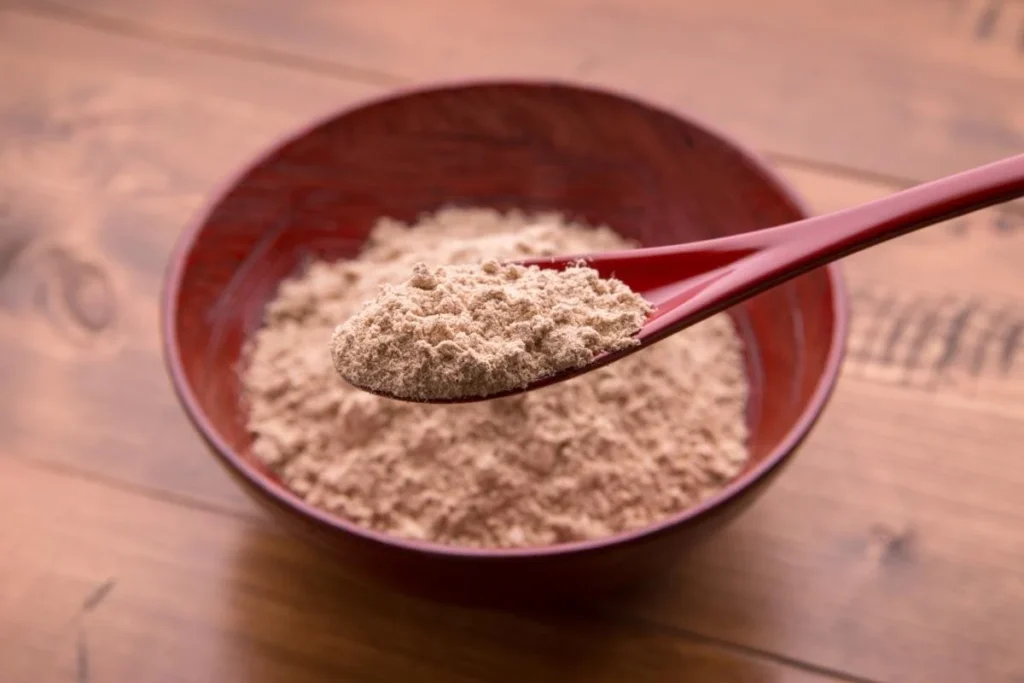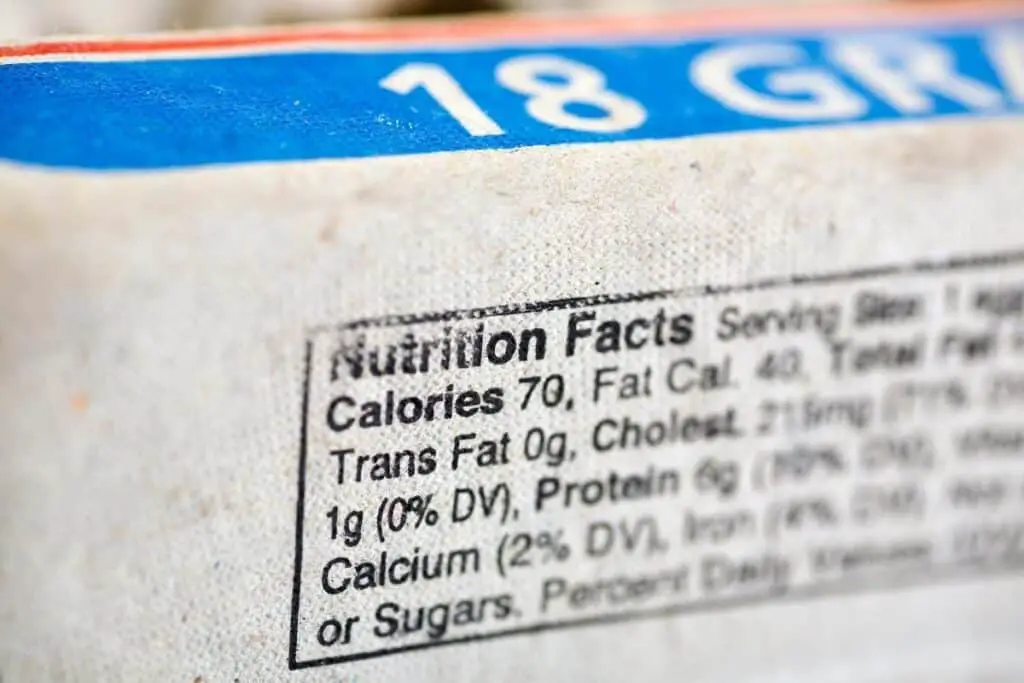If you’re just getting into baking and are surprised to learn that there’s more than one kind of flour, you might be a little confused by what’s what. There are so many different kinds that it can be hard to remember. We’re going to talk about 00 flour in this article, so let’s get started!

What Is 00 Flour?
00 Flour is a kind of flour from Italy, where it’s considered the best quality flour to use in making both pizza bases and pasta. It’s made from durum wheat, in contrast to regular flour, which is made from red wheat.
Its distinctive feature is that it’s ultra-fine – much finer than the standard all-purpose flour that you’re used to seeing in supermarkets. The name 00 comes from the system of grading different kinds of flour that’s in use in Italy and some other countries.
The flour is graded according to how coarse it is, and on that scale, 00 is the finest grain possible, followed by 0, 1, and 2, which are progressively rougher.
This ultra-fine grain is achieved by only using highly refined grains that have had their bran and germ removed. These are then milled several times, resulting in consistency like talcum powder.
One thing to note is that there are actually different kinds of 00 flour that can be used for different purposes. For instance, you might see packets labelled “pasta 00 flour” or “pizza 00 flour”.
They only really differ in that pizza 00 flour has a somewhat higher gluten content, since more gluten is necessary for making pizza than for making pasta.
Not all supermarkets stock this flour, though some of them do. If you can’t find it in your local one, then more specialized shops should be able to give you some. If you have no luck there, you can always get it online. Either way, expect to pay a little more for it than you would for regular flour.
Other Names For 00 Flour
You might hear people refer to it as double zero flour, or by the Italian name doppio zero.
Nutritional Facts About Double Zero Flour

Here’s the nutritional information that you need to know:.
Calories/Carbs/Protein Per Cup
One cup will contain about 433 calories. It will also contain 94 grams of carbs, as well as 11.9 grams of protein.
Is 00 Flour Gluten-Free?
The short answer to this question is no. It is not gluten-free because it’s made from wheat. Gluten is a protein and makes up most of the protein content in wheat.
While this flour does have somewhat less gluten in it than all-purpose flour, it’s certainly not gluten-free, so stay away from it if you have a gluten intolerance.
Is It Easy To Digest?
Yes, it is. This is due to the extremely fine grain, which means that all the bran and germ are removed from the wheat. These rougher parts are the parts that are harder to digest – with them gone, digesting the rest is very easy for your body.
However, it’s also these rougher parts that provide nutrition, so removing them for easier digestion isn’t necessarily a good thing.
Best Uses For Double Zero Flour
00 flour can be used for lots of different things, but we’ll cover a few of the popular ones below. You can also try to experiment with others if you feel adventurous in the kitchen.
Making Fresh Pasta With 00 Flour
This is one of the main things that 00 flour is intended for, and you’ll find that once you’ve eaten pasta made from this fine-grained glorious flour, then you won’t want to go back. You’ll also be pleased to know that using it to make pasta isn’t anything difficult.
Or at least it’s no more difficult than making pasta using all-purpose flour is. If you do make fresh pasta with 00 flour, you’ll notice how silky smooth it is and will absolutely want to make more in the future.
Making Pizza Dough With 00 Flour
This is one of the other main uses of double zero flour and another place where it really shines. You’ll find that, compared to all-purpose flour, pizza dough made with this flour is much less likely to tear when you’re kneading and pulling it, making it much easier to stretch it out to the size and shape you want.
00 Flour Sourdough Starter
While you can make sourdough bread using this flour, this is not an area where it excels. Since it has a slightly lower gluten content than standard flour, it’s not ideal for bread making. If you do want to use it, though, you could combine it with other flours for better flavor and body for the bread.
